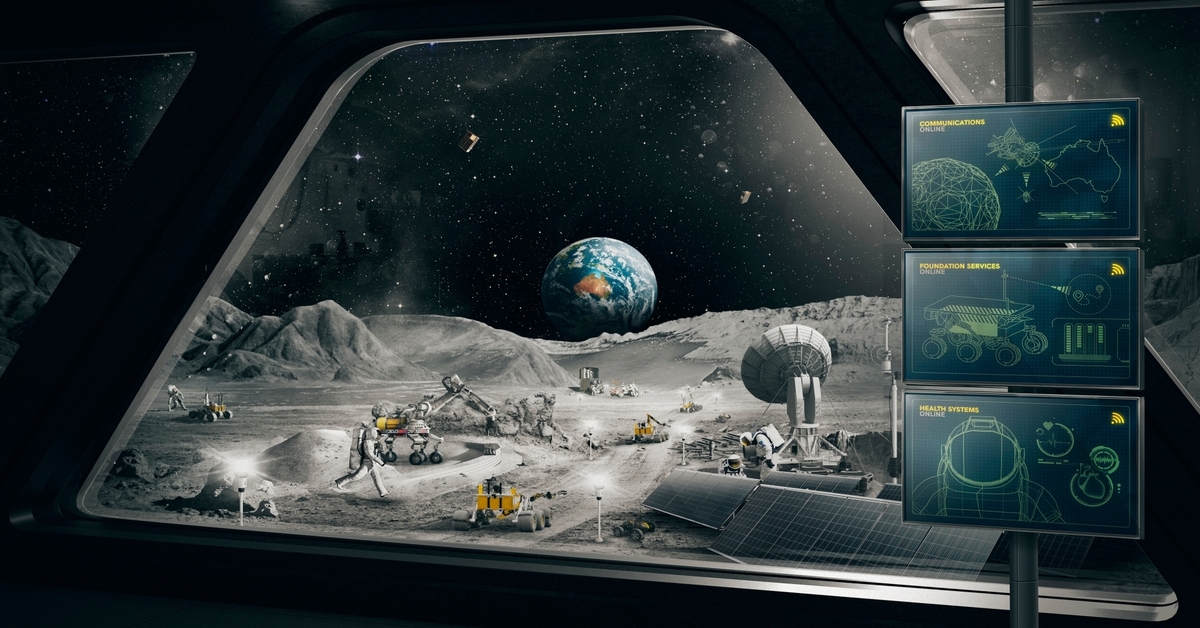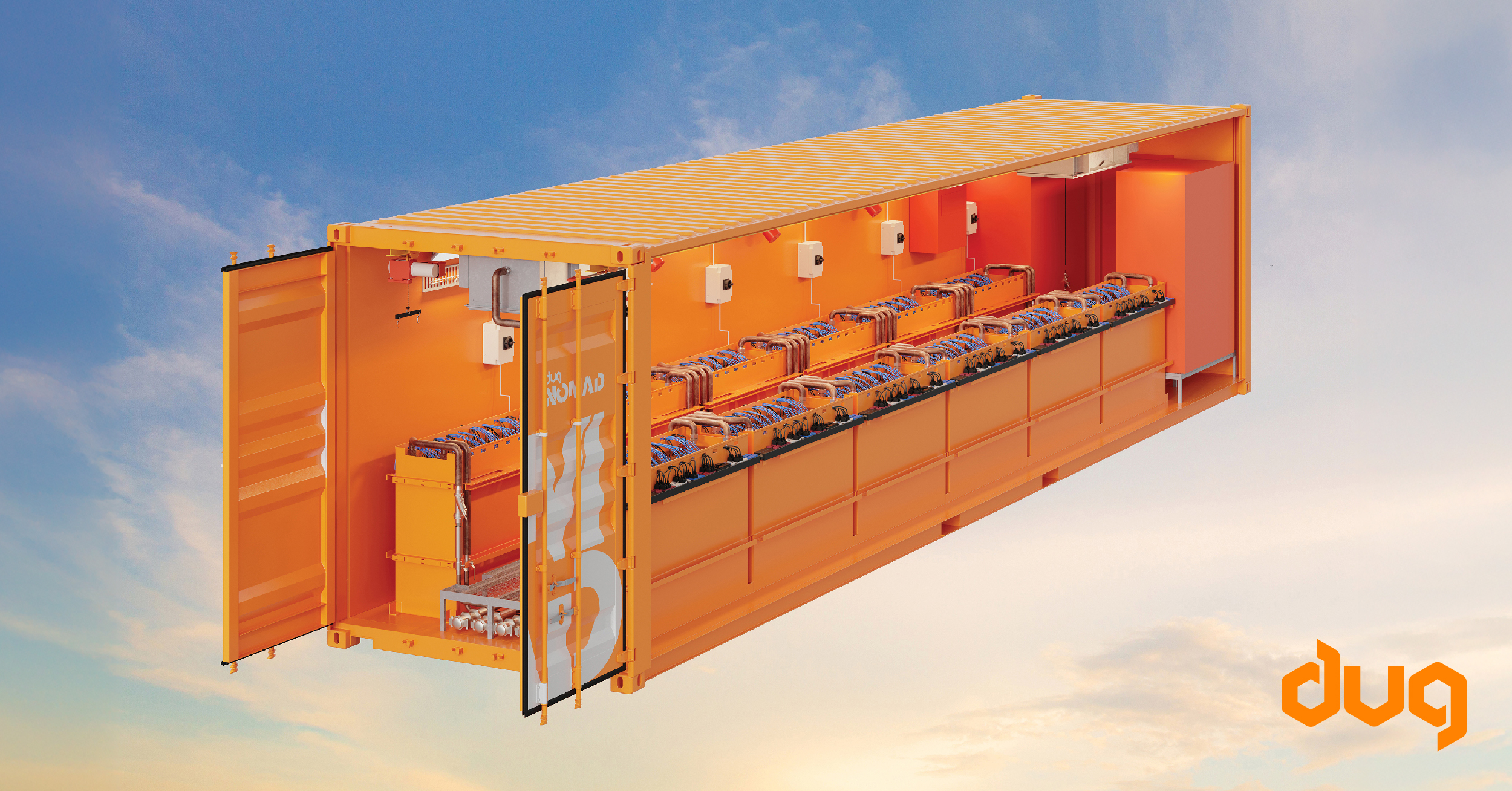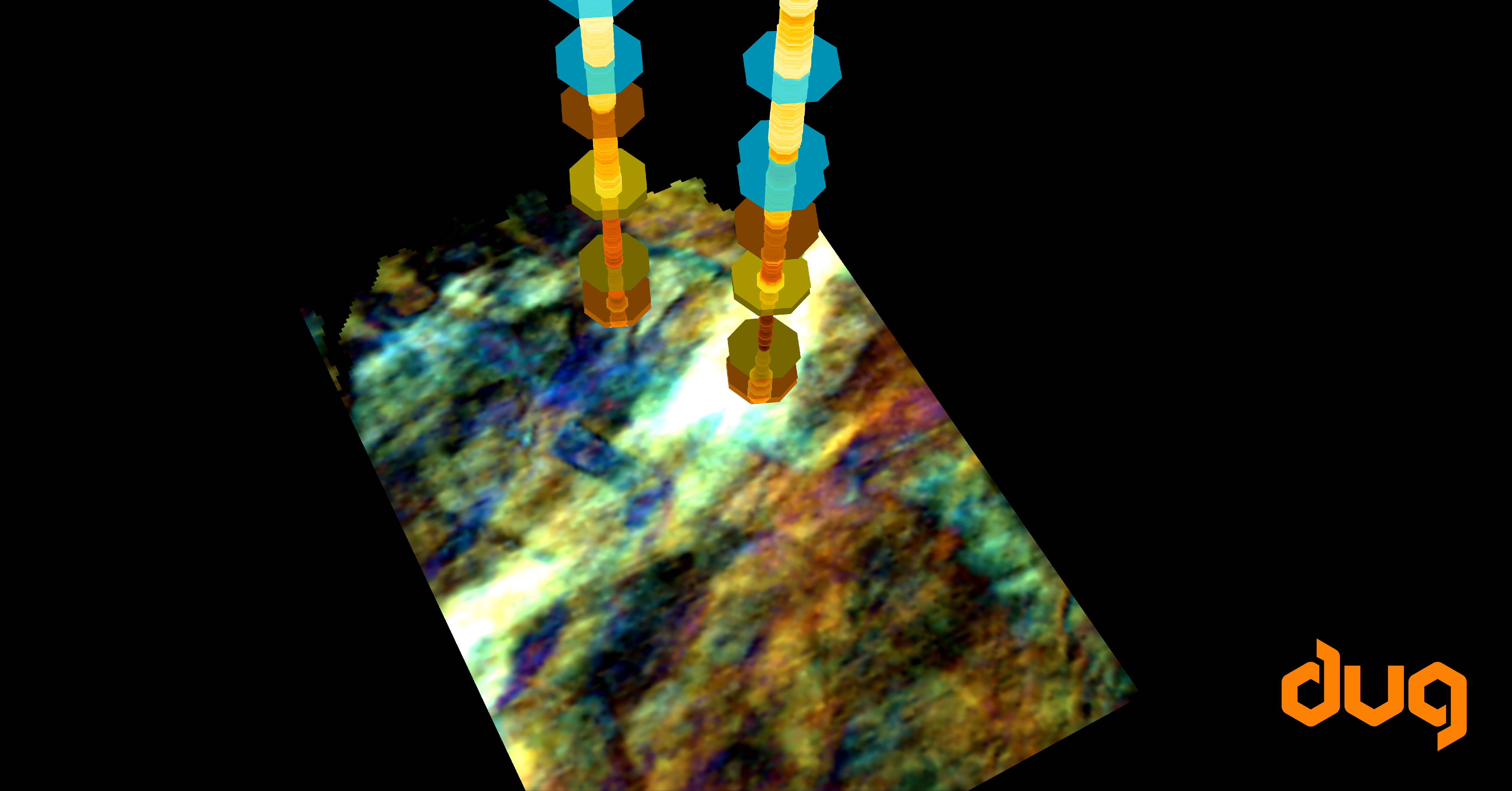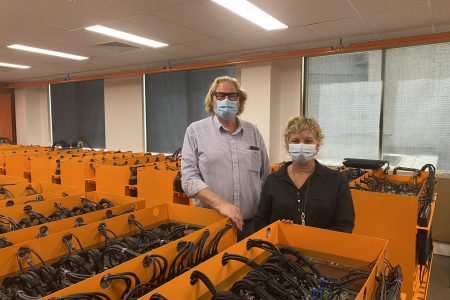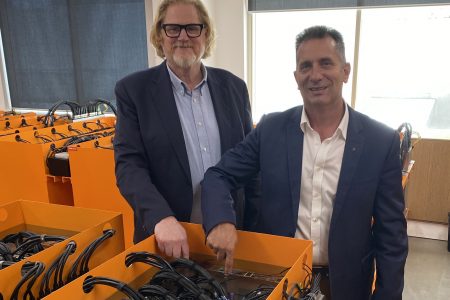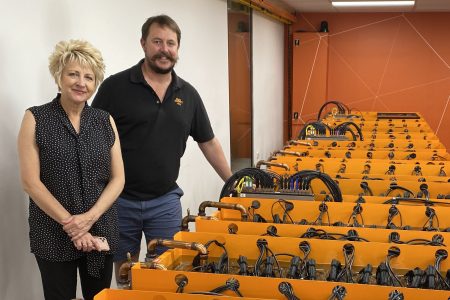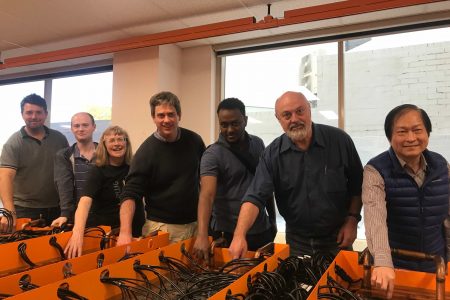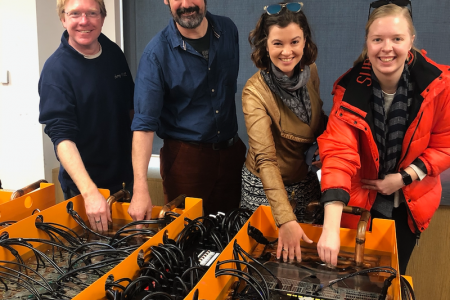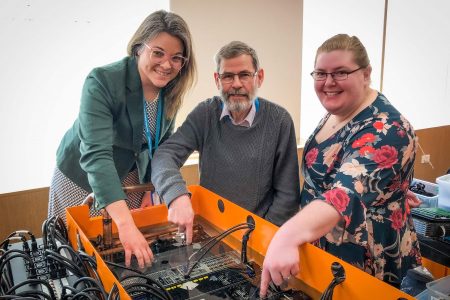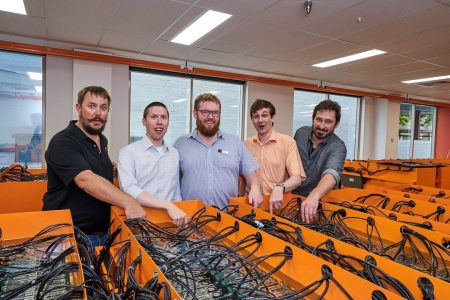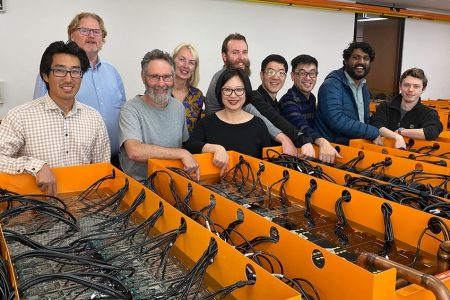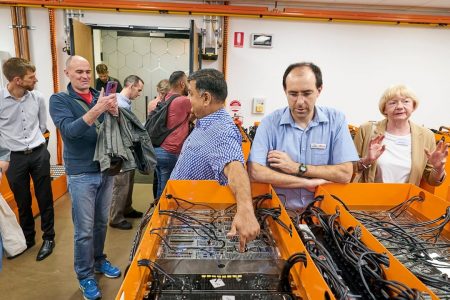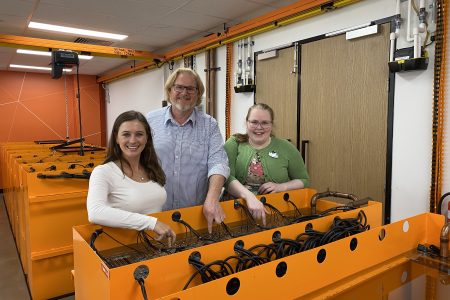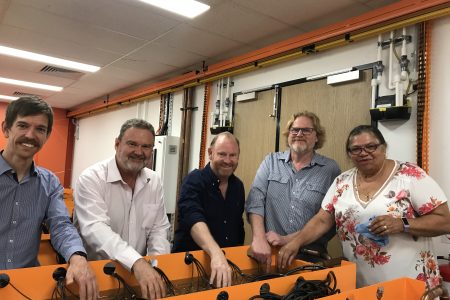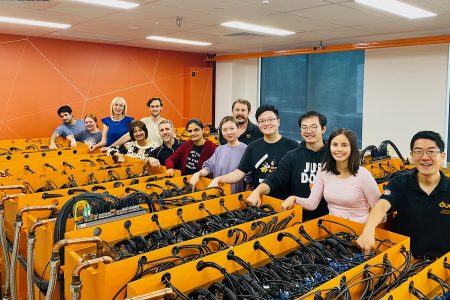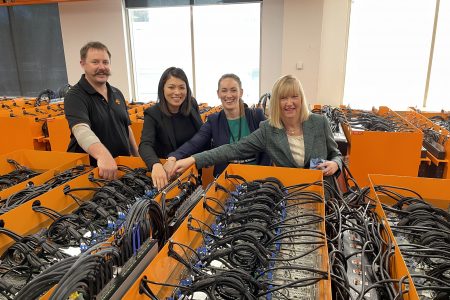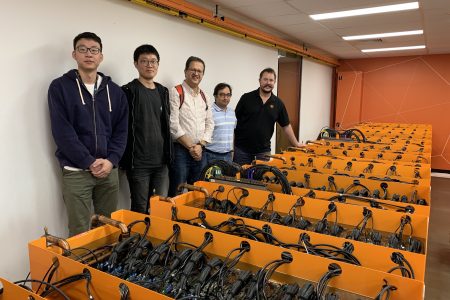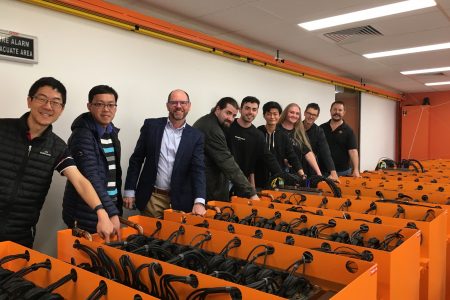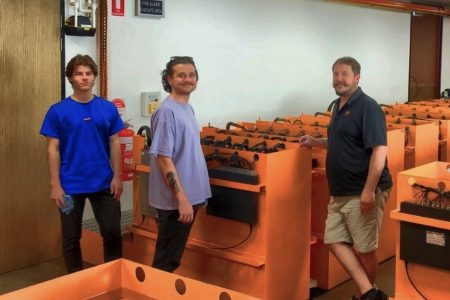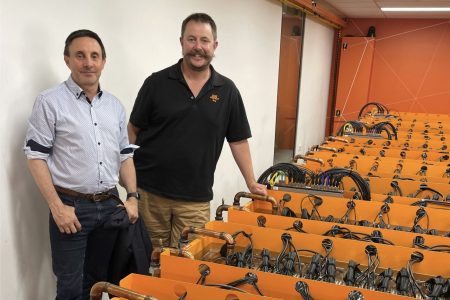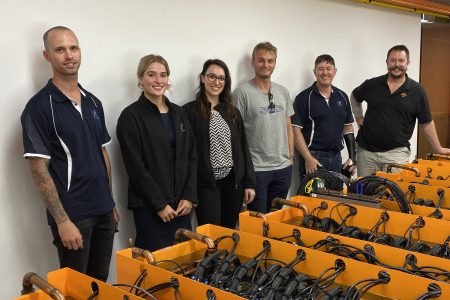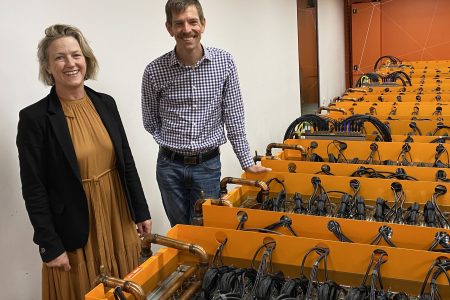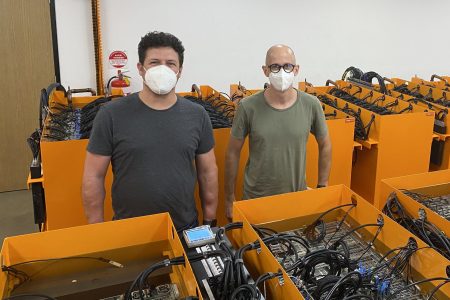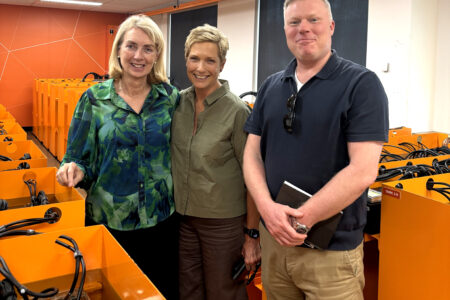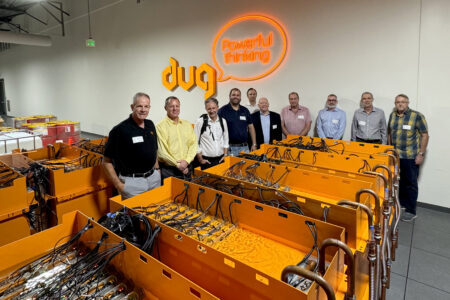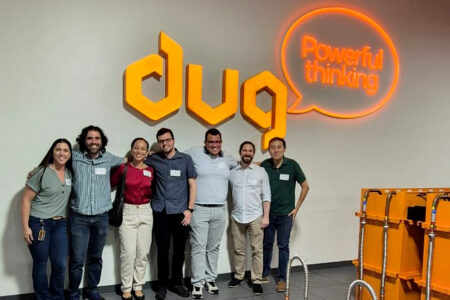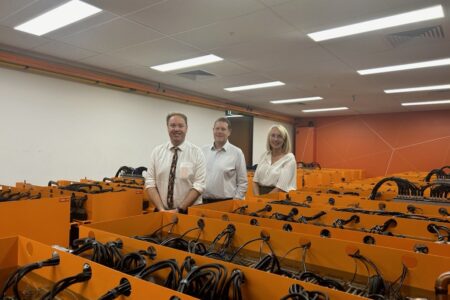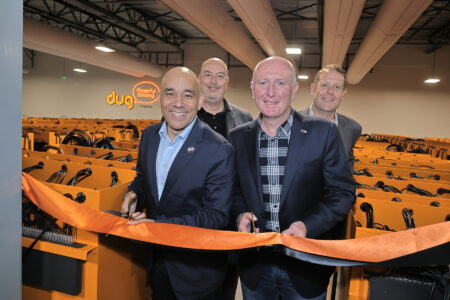“One small step for man, one giant leap for mankind.”
Did you know that this iconic phrase by astronaut Neil Armstrong was first heard by Australia? Well, technically. Honeysuckle Creek Tracking Station, a NASA Earth station near Canberra, housed the satellite dish that received and relayed the first televised footage of Mr Armstrong setting foot on the Moon on 20 July 1969.
Now, Australia is making lunar history again. In collaboration with NASA, an Australian-made rover will explore the Moon as early as 2026 in the country’s first venture to the Moon.
Moon-livin’.
The unnamed, semi-autonomous rover will be developed to retrieve lunar rock and dust, or regolith, and bring it back to a moon lander operated by NASA.
What’s so special about Moon dust? It contains lots of oxygen (in the form of oxides), and NASA will aim to extract oxygen from the samples using separate equipment.
Extracting oxygen will be a key step towards establishing a sustainable human presence on the moon. A couple of months ago, NASA has already demonstrated that it’s possible to generate oxygen on the Red Planet.
Under the Artemis Program, NASA is aiming to return humans to the moon as soon as 2024 to build a strategic presence at the Artemis Base Camp. It’s a permanent outpost at the lunar south pole, which will pave the way for long-term scientific activity as well as the first human mission to Mars in the 2030s.
Incredible opportunity for Australia.
According to the Head of the Australian Space Agency, Enrico Palermo, the mission would draw on Australia’s world-leading skills and experience in remote operations and deep expertise in the resources and mining sector.
Australian industry and research organisations will be able to apply for up to $50 million to develop the rover through the government’s Trailblazer program. The partnership with NASA will advance Australia’s space sector’s capability and capacity, as well as inspire a whole new generation of young people to take interest in science, technology, engineering and mathematics.
Team DUG is absolutely excited to see the first-ever home-grown lunar rover roving the rocky surface of the Moon.
But what should it be named? Perhaps ‘Kangarover’?


